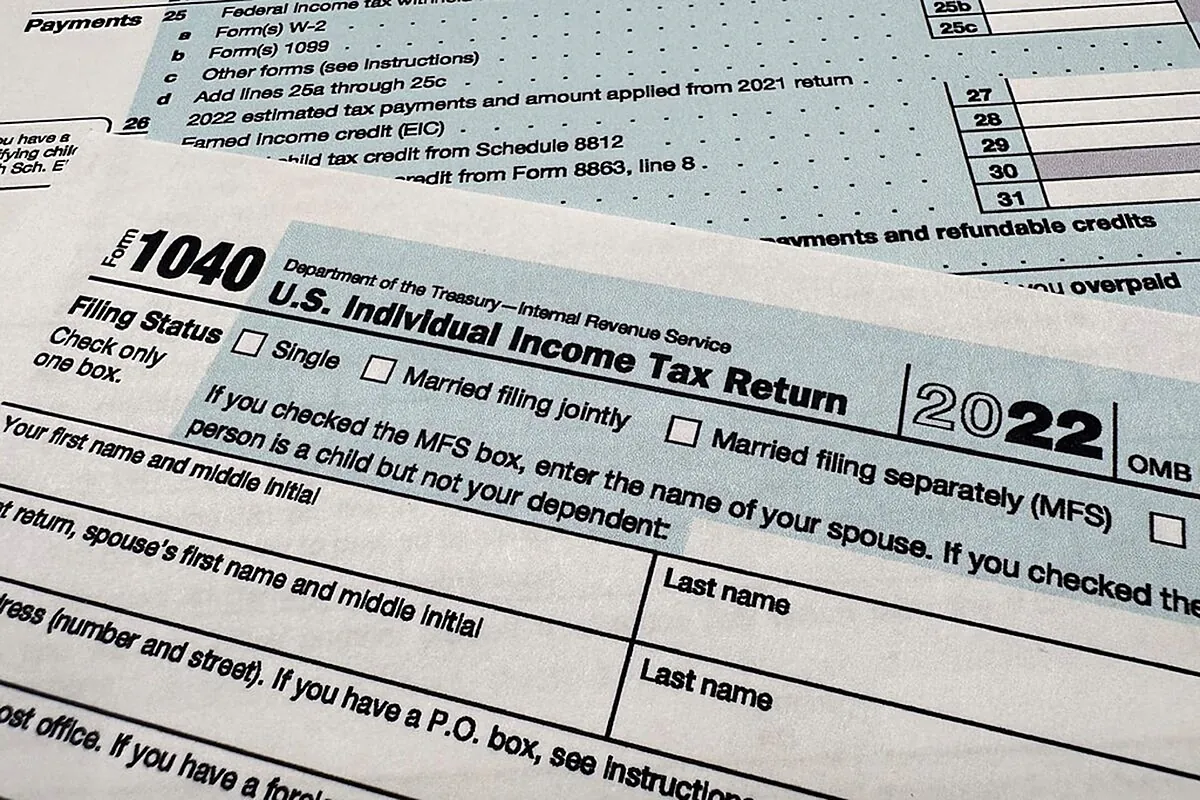Older workers left out of key tax credit, AARP says
Most workers aged 65 and older cannot access the Earned Income Tax Credit, or EITC, according to a report from the AARP Public Policy Institute.
The IRS’ EITC is meant to help low- to moderate-income workers and families get a tax break, yet most workers 65 or older are excluded because the credit is not available to this age bracket. Data provided to AARP from The Urban Institute show that eliminating the tax credit’s age cap would benefit about 1.3 million taxpayers nationwide.
“In some of the larger states, tens of thousands of low-income workers are locked out of the program solely because of their age, with numbers at or above 100,000 in such states as Texas, Florida and California,” Maxim Shvedov of the AARP Public Policy Institute wrote.
Thousands more older working adults are affected in other states, he noted.
The EITC wage subsidy went into effect in 1975 as a temporary measure but has since become “the largest need-tested antipoverty program that provides cash benefits,” Shvedov said.
The amount of the tax credit depends on a taxpayer’s family composition and earned income, with families with children receiving the largest benefit. In 2024, the credit could exceed $7,800 for families with three or more qualifying children, compared with the average credit of $2,541, according to AARP.
As income increases, the amount of the tax credit decreases. For families with three children, the credit phases out completely at almost $67,000 of income.
For individuals or couples without children, the tax credit is far lower, the AARP noted, and this is where most older working adults fit in. For them, the EITC is capped at $632 or less, and the credit phases out completely at about $15,000 of income. The credit is eliminated altogether for workers aged fewer than 24 years or more than 64 years, according to the AARP.
“Lawmakers never clearly spelled out the specific reasons for this age policy, but an examination of their 1970s discourse suggests that age restrictions largely reflected attitudes of the time toward work, retirement and age,” Shvedov said. “It appears that policymakers considered work outside of the 24-to-64 age window to be merely side activity not worthy of public support.”
The age cap doesn’t fit with today’s reality, he noted, where many adults, especially low-income workers, are working well past the traditional retirement age of 65.
In fact, in 1983, Congress changed the full Social Security retirement age to 67 for all those born in or after 1960, meaning that they can’t collect their full Social Security until they reach that age. Those born in 1960 are turning 65 this year and will not be able to collect full Social Security for two more years.









